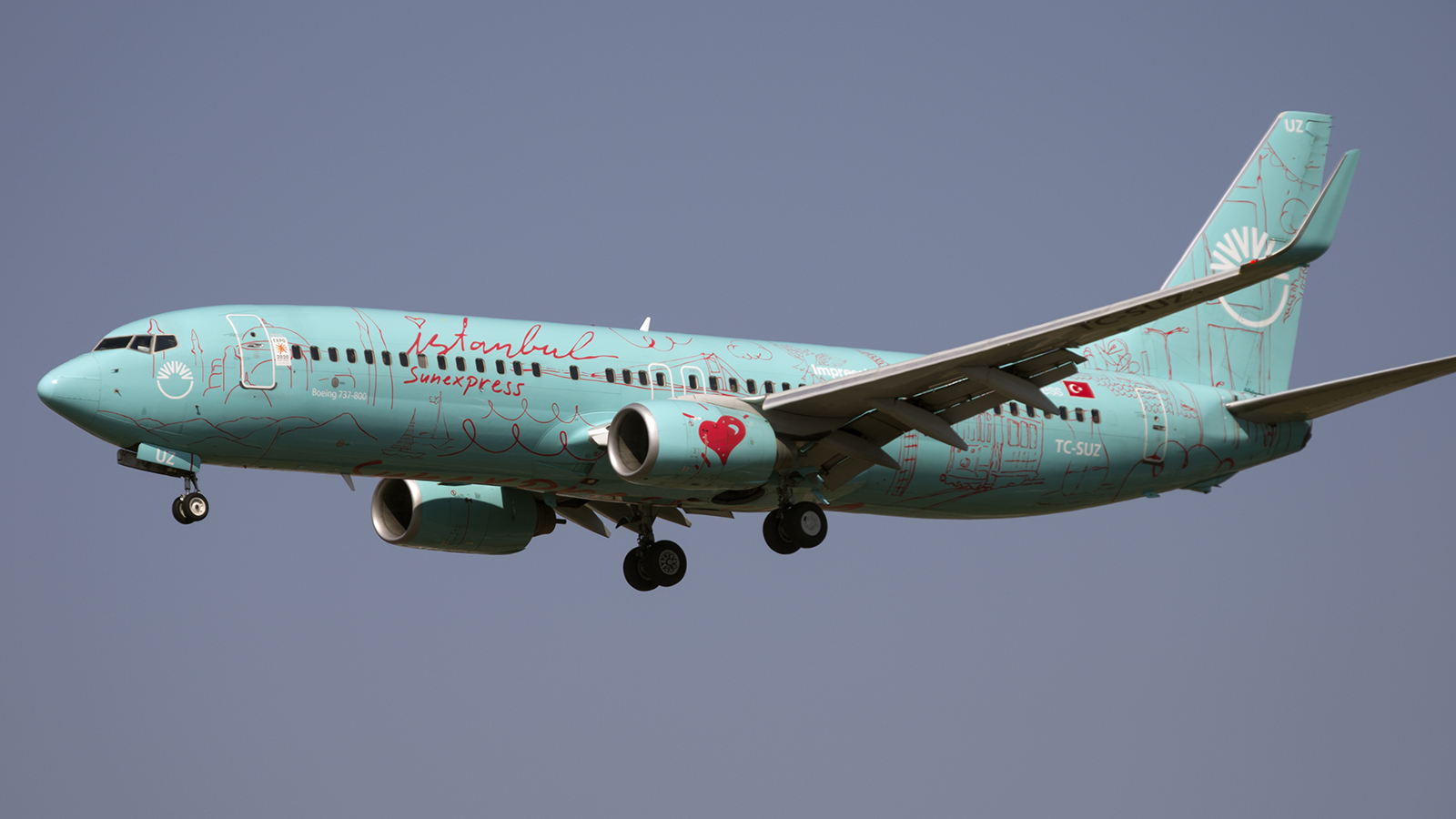
Until its launch on September 5, 1994 the 737-800 was known as the 737-400X Stretch. Compared with the -400 the -800 is 3,02 meter longer, taking typical two class seating from 146 to 162, while range is significantly increased.
Boeing Business Jet 2
The Boeing Business Jet – or BBJ – is a long range corporate jet development of the 737-700 and -800.
Boeing 737 BBJ 2 – This model is equipped with auxiliary fuel tanks in the cargo compartment for additional range capability. Main cabin interiors to customer preference. Typical configuration includes a crew rest area, forward lounge, private suite with double bed and private bathroom facilities including shower, 12 first class sleeper seats at four abreast and 152 cm pitch, and rear galley and bathroom facilities. Alternatively rear cabin can seat 24 passengers at two abreast and feature a conference area or exercise gym, or up to 63 passengers at six abreast.
Multi-mission Maritime Aircraft
The Boeing 737 Multi-mission Maritime Aircraft (MMA) combines superior performance and reliability with an advanced mission system that ensures maximum interoperability in the future battle space. A derivative of the Next-Generation 737-800, the 737 MMA is being developed for the U.S. Navy by a Boeing-led industry team that consists of CFM International, Northrop Grumman, Raytheon and Smiths Aerospace.
MMA is a long-range anti-submarine warfare, anti-surface warfare, Intelligence, Surveillance and Reconnaissance aircraft capable of broad-area, maritime and littoral operations. The Navy plans to purchase 108 MMAs to replace its fleet of P-3 aircraft. The first aircraft will be delivered for flight test in 2009 and initial operational capability is slated for 2013.

| Developing nation: | United States of America |
| Manufacturer/designer: | Boeing Commercial Airplane Company. |
| Production line: | Renton Municipal Airport, WA. |
| Type aircraft: | Short to medium range airliner. |
| First flight: | – 737-100 April 9, 1967, N73700.
– 737-200 August 8, 1967, N9001U. – 737-200C September 18, 1968. – 737-200Adv April 15, 1971. – 737-300 February 24, 1984, N350AU. – 737-400 February 19, 1988, N73700. – 737-500 June 30, 1989, N73700. – 737-600 January 22, 1998, N7376. – 737-700 February 9, 1997, N737X. – 737-800 July 31, 1997, N737BX. – 737-900 September 2000, N737X. |
| First delivery: | – 737-100 December 28, 1967 to Lufthansa.
– 737-200 December 29, 1967 to United Airlines. – 737-200C October 30, 1968 to Wien Consolidated. – 737-200Adv May 20, 1971 to All Nippon Airways. – 737-300 November 28, 1984 to USAir. – 737-400 September 15, 1988 to Piedmont. – 737-500 February 28, 1990 to Southwest. – 737-600 August, 1998 to SAS. – 737-700 December 17, 1997 to Southwest. – 737-800 April 22, 1998 to Hapag Lloyd. – 737-900 May 16, 2001 to Alaska Airlines. |
| Last delivery: | – 737-100 July 26, 1973 to NASA.
– 737-200 April 5, 71 to Indian Airlines. – 737-200C July 5, 1985 to Markair. – 737-200Adv August 8, 1988 to Xiamen Airlines. – 737-300 December 17, 1999 to Air New Zealand. – 737-400 February 25, 2000 to CSA Czech Airlines. – 737-500 July 26, 1999 to Air Nippon. |
| Boeing 737-800 | |
| Cockpit crew: | two pilots. |
| Passengers single class: | 184. |
| Passengers two class: | – 12 first class.
– 148 economy class. |
| Cabin length: | 29,97 m. |
| Cabin diameter: | 3,54 m. |
| Cabin height: | 2,20 m. |
| Cabin floor: | 93,27 m². |
| Cargo volume: | – under floor 45,1 m³. |
| Wing span: | 34,31 m. |
| Wing area: | 125 m². |
| Wing sweep: | 25 degrees. |
| Fuselage length: | 39,47 m. |
| Fuselage diameter: | 3,76 m. |
| Height: | 12,55 m. |
| Horizontal tail unit: | 14,35 m. |
| Wheelbase: | 15,60 m. |
| Track: | 5,72 m. |
| Engines: | – two CFM International CFM56-7B each rated 121 kN. |
| Weight: | – empty: 41.413 Kg.
– max. zero-fuel weight: 62.732 Kg. – fuel: 26.035 liters. – max. payload: 21.319 Kg. |
| Max. take off weight: | 79.016 Kg. |
| Max. landing weight: | 66.361 Kg. |
| Cruise speed: | 938 km/h. |
| Max. speed: | 974 km/h. |
| Service ceiling: | 11.582 m. |
| Max. ceiling: | 12.500 m. |
| Range: | 5.425 km. |
* Generally similar to the Boeing 737-800 except in the following particulars. |
* Generally similar to the Boeing 737-800 except in the following particulars. |















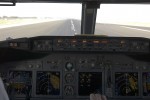

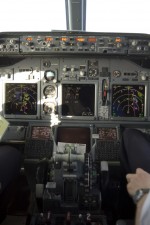


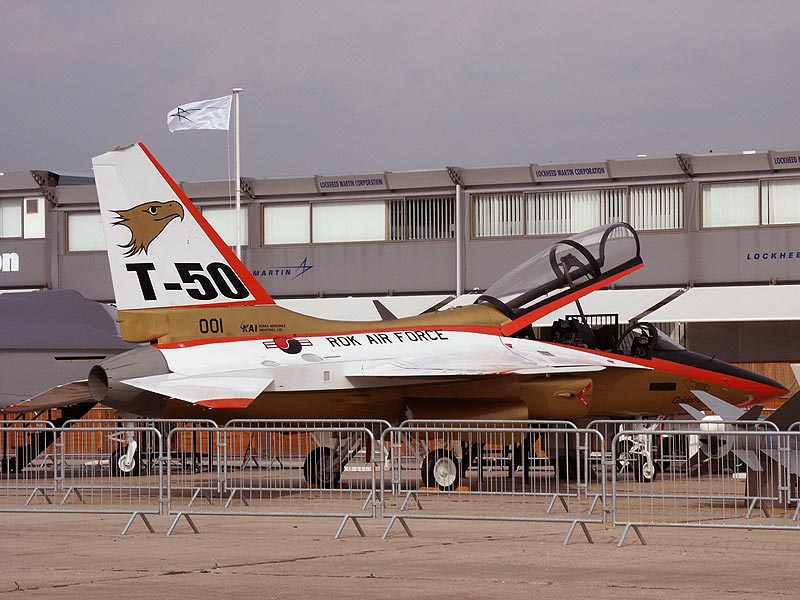
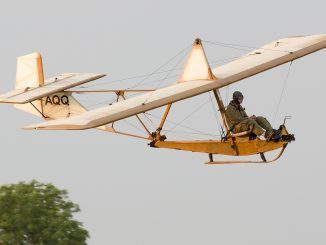
Be the first to comment